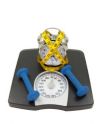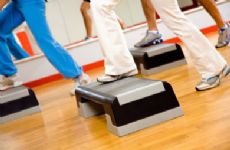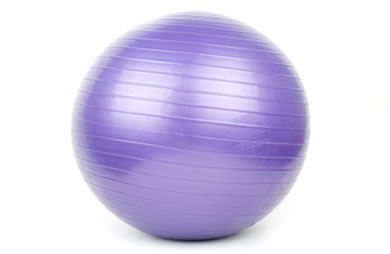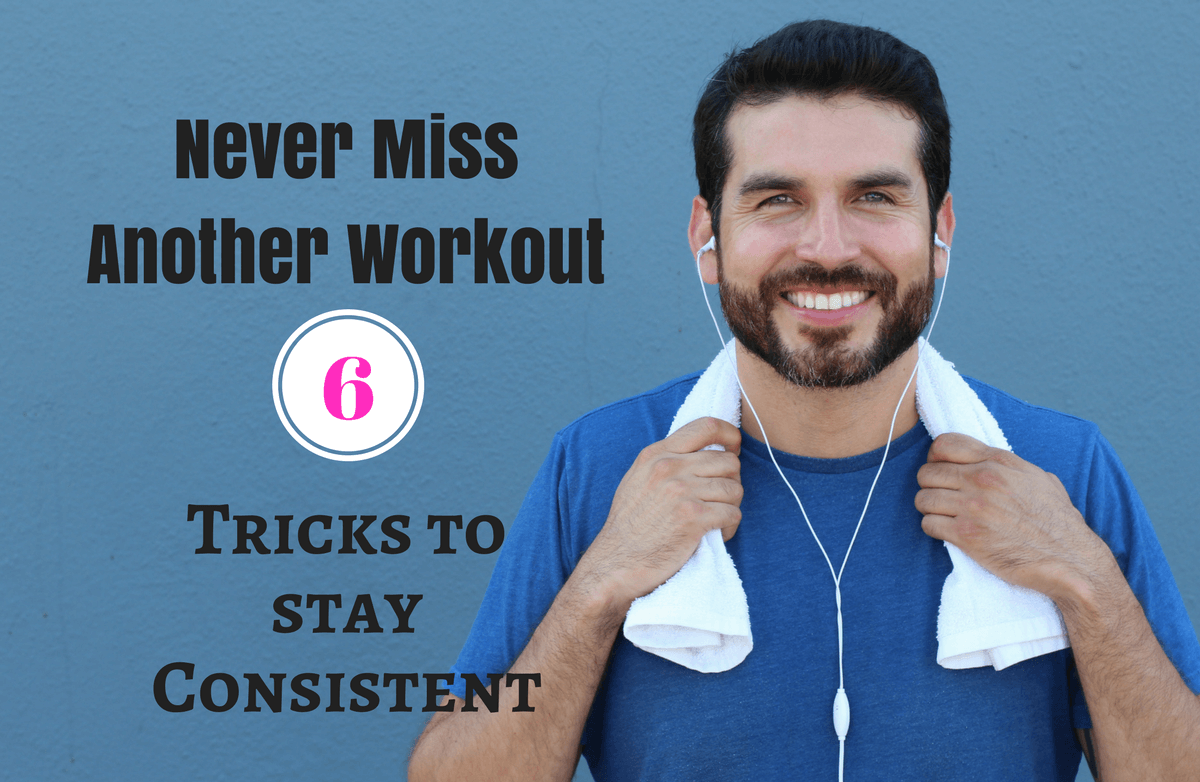|
Like many women, I love me some cardio. I like to get sweaty when I work out and feel like I really accomplished something, and almost nothing makes me feel that way like a tough Spinning class or long run can. But as a trainer (and self-proclaimed cardio lover), I've seen my share of mistakes in and out of the gym. Cardio does a body good, but if you're guilty of these common cardio crimes, you could be putting your body at risk and undermining your efforts. Think you're a cardio saint, innocent of any and all offenses? Read on to see if you're guilty as charged! 10 Most Common Cardio Crimes Leaning on the MachineWhile gripping the handles or console of a cardio machine can aid in balance, leaning too much of your weight into the handles of the machine will decrease your workout intensity and burn far fewer calories. I see this all the time in Spinning class (people leaning weight into their arms while standing instead of keeping their weight in their legs), and see it at the gym with people leaning onto the treadmill handles or console. If you're moving so fast or feel so tired that you cannot keep the pace without taking weight off of your legs by placing it into your arms, you are far better off decreasing your speed or workout intensity than by keeping the speed and leaning. Try to use the handles only temporarily, such as when you first hop on the treadmill and find your footing, or if you have to pause the machine. Skimping on Resistance As a Spinning instructor, I see this a lot when I monitor the students in my class. Many people fear the resistance on stationary bikes because they fear it will make them "bulk up." (This is so not true.) Similarly, I see a lot of people using treadmills and elliptical machines with little to no incline. When it comes to getting a better, more challenging workout (that also burns more calories) resistance—or incline—is essential. This is especially true on the treadmill, which propels you forward automatically and makes both walking and running easier. By bumping up the incline, you'll counteract that propelling motion of the belt and get a better workout. Stretching before Your Workout I highly discourage people from stretching before a workout. Stretching is NOT the same thing as a warm up, although many people confuse the two. And stopping to stretch after you warm up completely negates the fact that you just warmed up. By the time you're done stretching, you're right back where you started! Your muscles are warm and your joints most lubricated at the end of your cardio session. There's no need to stretch twice, so you might as well save your stretching time for the end when you'll get the most benefit. Carrying Weights While You Walk Although the American Council on Exercise recently published a story saying that walking with weights in your hands isn't as risky as we all once thought, I wouldn’t rush to add them to your walks. It's generally safe if you're holding weights less than 3 pounds, but at that weight, there might not be a huge challenge or benefit for you. Hold much more and your injury risk skyrockets. Experts do agree that ankle weights are a no-no. When it comes to cardio, I'd much rather see a person work on increasing speed, incline or resistance to increase the cardio challenge of a workout than simply add weights to a workout. Only Doing Cardio Cardio exercise has tons of amazing benefits for your health and weight loss. So if you're doing any cardio at all, kudos to you! But if cardio is the only form of exercise in which you partake, you are really missing out. You may even be at risk for what many people fear: becoming "skinny fat." Many people think of cardio as the key to fat-burning, and it is important. But strength training is, too. More muscle helps boost your metabolism so you burn more calories all day—and during every cardio session. Further, on a weight-loss program, you will lose muscle mass as you lose weight (not a good thing), but regular strength training will help you minimize that muscle loss. In my expert opinion, regular strength training is just as important in a fitness and weight-loss program as cardio. Pick up the weights and watch the scale go down. Not Drinking Water When you're doing cardio right, you're going to sweat. And when you sweat, you need to replace those fluids. Waiting until the end of your workout to drink up can be a risky practice. You're much better off keeping a water bottle with you during your workout and sipping every few minutes. Definitely don't wait until you're already thirsty to start drinking. Learn more about how much water you need to drink during workouts. Doing the Same Cardio Workout Most of us have a go-to workout that we love to do as often as possible. Whether it's walking, Zumba, running or the elliptical, we tend to have a mainstay cardio workout. It is important to enjoy your workouts (you're more likely to stick with them that way), but you'll get far better results by mixing up your routine as often as possible. At the very least, add 1-2 days of cross-training to your existing cardio program (if you tend to do the same thing all the time). Mixing it up prevents overtraining and its related injuries and keeps your body guessing so that you don’t plateau. Zoning Out I know it's the only way a lot of us can get through the monotony of the gym, but zoning out (think reading, watching or listening to media) during cardio can really hurt your results. When we're not focusing on the task at hand, two things happen; first, we start to slack off because bouncing around too much makes it harder to read or we're simply forgetting what we're really at the gym to do (work hard). Second, because we're not paying attention, our form tends to go by the wayside. Your posture slouches, your arms and legs aren't moving through the idea range of motion, and you're not striking with your feet or engaging your core properly. It's fine to entertain yourself with TV, an audio book, or music during cardio. Just make sure to check back in every couple minutes to pay attention to your intensity and your form. Lifting Weights Really Fast We're all strapped for time and many of us are lucky if we get to the gym a few times a week. We all want to make the most of our workout time. However, lifting weights really quickly (as in lifting the actual weight up and down at rapid speed) in order to try to ink out a little extra "cardio" benefit is a super bad idea. Slow, controlled form is essential for weight training. Speeding up your exercises is majorly risky. If you really want to try to turn your strength training routine into something more aerobic, don't go faster. Instead, use full-body (compound) moves that work your upper and lower body simultaneously and/or get rid of the resting periods between sets in favor of circuit training. Both are safe ways to train that can amp up the cardio component of your toning program. Never sacrifice form or safety for speed. Confusing "Activity" with Cardio This is probably the most common mistake I see. We know how important it is to be active, and so we try to count every activity we do as "exercise" or cardio. That can be a big mistake for several reasons. While any activity is better than no activity, only those activities that meet the requirements for cardio activity really give us the health and fitness benefits we exercise in order to reap. Plus, tracking calories burned from every little thing you do is only misleading. You're only really burning "extra" calories when you're working pretty darn hard—not when you're simply walking leisurely through the mall or doing some light cleaning. Learn more about the differences between activity and exercise. |
More From SparkPeople
|











.png)










